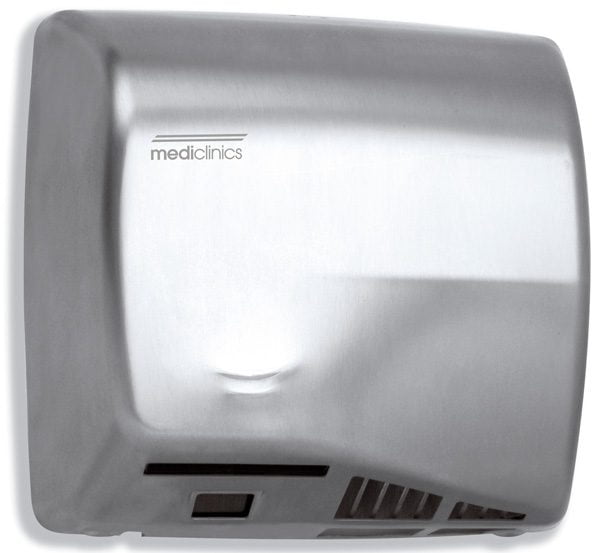5 Handwashing Facts & Statistics to Improve Your Hand Hygiene
Most of us believe that we’re fairly clean and hygienic people, however it may be surprising to find out that on average, we carry a few thousand bacteria from around 150 different species on our hands. Women tend to carry even more bacteria than men, perhaps because men’s skin is more acidic. Here are five more of the most incredible hand washing facts and statistics that might have you scrubbing your hands a little harder next time you’re at the sink (and every time after that)!
The vast majority of infectious diseases are transferred by touch.
That’s not just shaking hands with each other either ¬– it could be touching the same doorknob, lift button or handle as an infected person and then touching that hand to the mouth, nose or eyes. This is the main way that bacterial and viral infections such as Salmonella, Staph, diarrheal disease and E. Coli can be transmitted. Makes you think twice about shaking hands! Wash your hands properly, and you’ll reduce the risk for yourself and everyone around you.

Around 10% of people don’t wash their hands after going to the bathroom.
A Michigan State University study of 3,749 people found that we’re good at claiming we wash our hands – and not so good at actually doing so. The research showed some fairly gross bathroom germs statistics. Around 10% of people didn’t wash their hands after going to the bathroom, and a third of people only used water without soap. Women were better at properly cleaning their hands at men (77.9% versus 50.3%) and people were more likely to wash thoroughly in the morning rather than the afternoon.
Only around 5% of us are cleaning our hands thoroughly enough.
Another of the grossest hand washing statistics. Even if you are washing your hands regularly and after every bathroom visit, you still may not be washing your hands well enough to remove pathogens and bacteria. The same study showed that only 5.3% of people washed their hands for more than 15 seconds, as is recommended. So, take care to pay attention to the commonly missed areas between fingers, around the thumb and under the fingernails, then follow up with a thorough dry by paper towel or hand dryer.
An ash rub can be better than no hand washing (in a pinch).
We often need something other than just water to effectively dissolve the fats and proteins that can be present on our hands. Some aid organisations suggest that ash or sand can be used to scrub hands in emergency situations. Obviously, this can also bring along its own problems of contamination and most people have access to much better solutions, so it’s best to stick with soap and warm water for a thorough clean.
Good hand hygiene cuts down on sick leave and productivity loss.
Yes, hand washing can be great for business and learning! One group of navy recruits in Illinois were commanded to wash their hands five times per day, and over the next two years that group showed 45% fewer cases of respiratory illness than the control group. Several school studies have shown that kids that wash their hand frequently take significantly fewer sick days. As these hand hygiene statistics show, hand washing clearly counts towards good health and wellbeing.
If you’ve read enough hand washing facts and statistics and are thinking about upgrading your facilities, speak to the Davidson Washroom about choosing the right hand dryer, paper towel dispenser and consumables.




